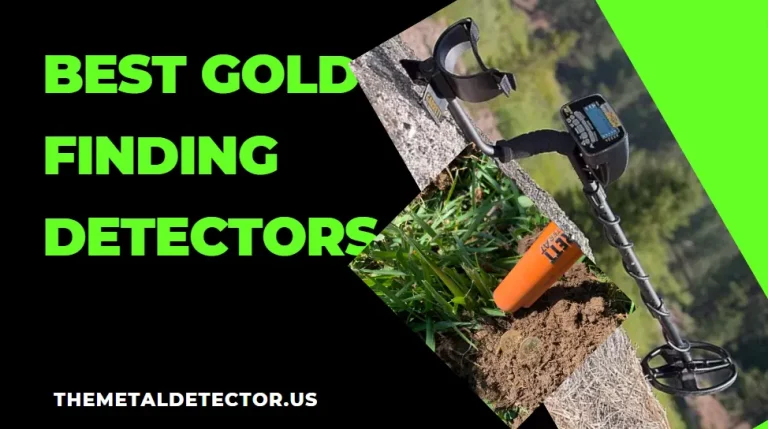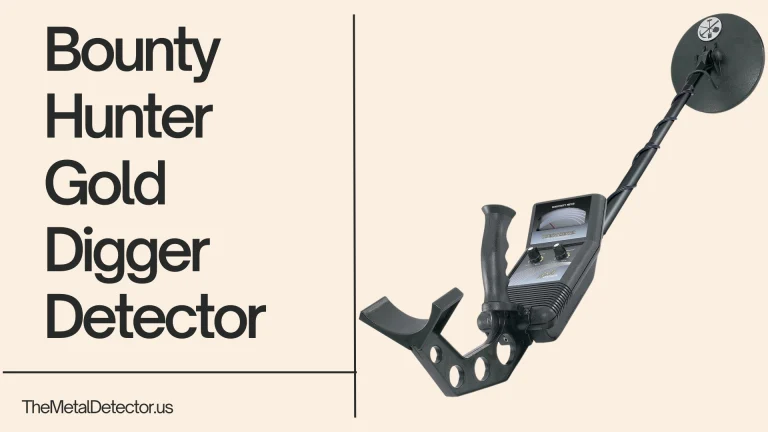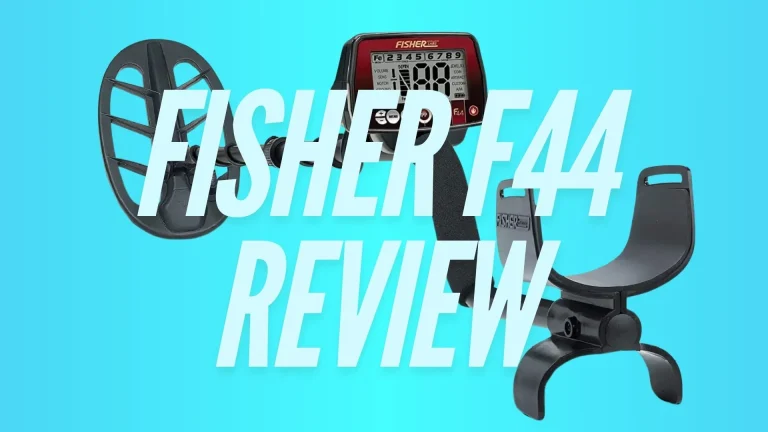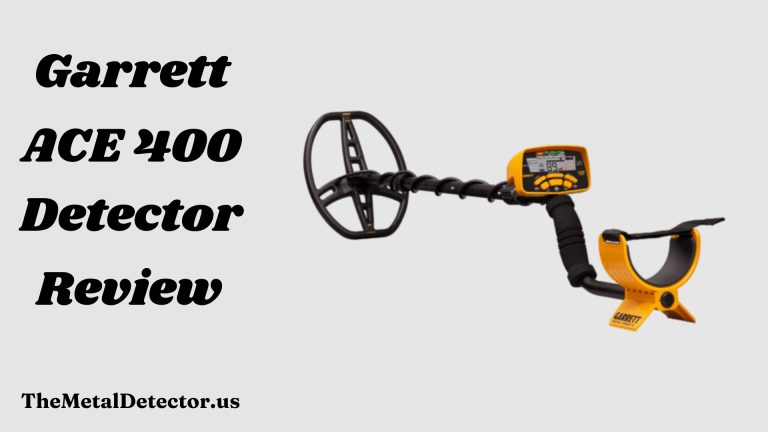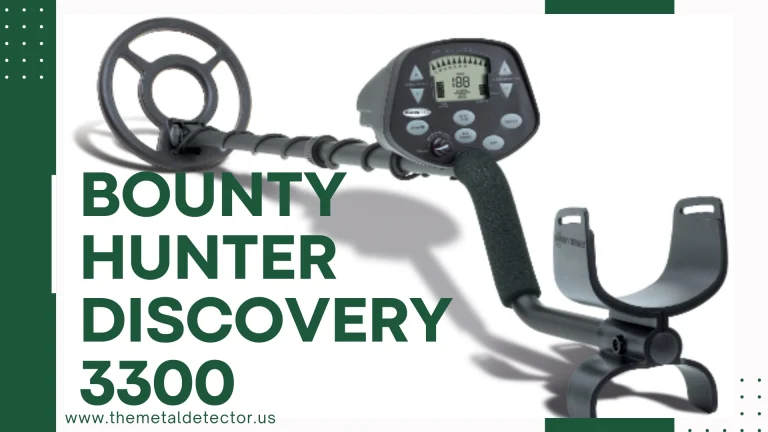How to Choose a Metal Detector Coil | 2025 Guide
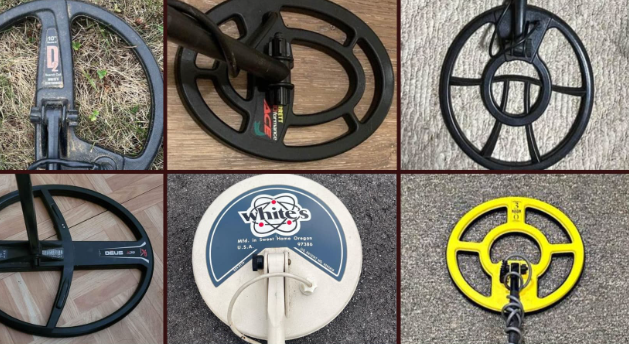
Understanding the different coil sizes, shapes, and designs is crucial in selecting the best coil for your specific needs. The search coil, the circular part at the end of your metal detector, plays a vital role in generating the magnetic field and detecting metal targets. By knowing the purposes and benefits of various coil options, you can make an informed decision that enhances your metal-detecting experience and productivity.
The answer to the question “How to choose a metal detector coil?” is simple. To choose a metal detector coil, think about what you are searching for and where you will be detecting. For small, shallow items like coins or jewellery, go with a small or mid-sized coil with a higher frequency. If you are searching for larger, deeper targets, a bigger coil with a lower frequency is better. Also, consider the area in which you are detecting. Use a smaller coil in tight, small places and a larger one to cover more ground in open spaces.
This guide will help you navigate through the key factors to consider when choosing the right metal detector coil.
What are Metal Detector Coils?
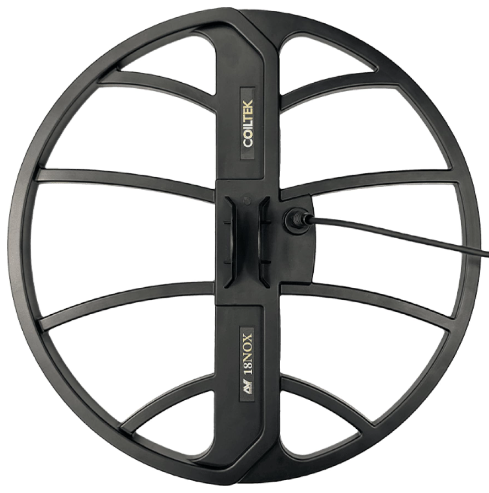
Metal detector coils are round or circle-shaped parts attached to the metal detector. They are used to find metal objects buried underground. When you move the metal detector on the ground, the coil works by sending electromagnetic signals into the ground to find the metals.
If there is a metal buried below in the ground, the coil sends electromagnetic signals and senses the metal in that area. The coil picks up the signals and the detector alerts you by giving an alarm for the metals. There are different types of coils that are used for specific purposes like concentric coil, double-D coil and mono coil.
The size of the coil is also very important in the detection because the small coil can find tiny objects buried in the ground while the larger coil is used for the detection of the metals that are buried underground. In short, the metal detector coil is the most important part of the detector that does the actual detection which makes it the most important component in the metal detector.
Explore different types of metal detectors with my guide.
How Does Metal Detector Coil Work?
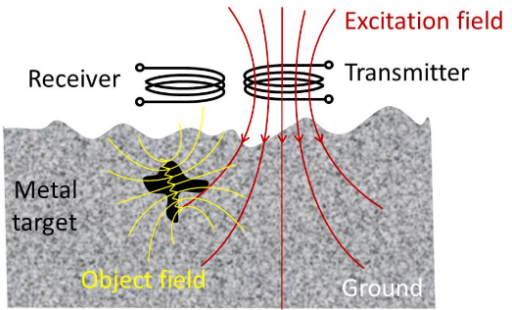
A metal detector coil works by creating electromagnetic signals to find the metals buried underground. When you turn on the metal detector the coil sends electromagnetic signals in the ground. When you move the coil on the ground the coil sends signals in the ground to detect the metals that are buried in that area.
The coil picks up the signals and sends them to the control box of the metal detector, which then processes this information and gives you alerts with a beep sound or visual signals. This process happens instantly which allows you to detect the metal objects more quickly. The coil is most important in all of this process as it is responsible for creating electromagnetic fields and detecting the signal that is coming back from a metal object in the ground.
If you are planning to buy a Garrett AT MAX metal detector, you can read my review about it.
The Different Types of Metal Detector Coils
Metal detector coils are of different types. Each coil is designed for special purposes and conditions. Here are some of the different types of the coil that were discussed below:
Concentric Coils
A concentric coil is a type of metal detector coil that has two circle loops, one inside the other. The outer loops create an electromagnetic field to send it into the ground when you move the detector. The inner loop picks up these signals and sends them to the detector’s control box for processing.
Concentric metal detectors are good for finding metal objects and can also tell different types of metals. They are not able to detect the metals from the depth and the area full of minerals and metal trash.
Monoloop Coils
Monoloop coils are a type of metal detector coil that has a single circular wire loop. This design is specially used in pulse induction detectors. The coil sends strong electromagnetic signals into the ground to detect the metals in depth.
These detectors can detect the metal from the depth because it is only one wire loop. These metal detectors are very good at finding the metals from the depth but they are not able to distinguish between different types of metals. You can use a mono loop detector to find the gold from minerals soil.
Imaging coil
An image coil is a special type of metal detector coil that shows detailed information with pictures of the metal objects that are buried underground. Standard coils give only signals for the presence of the metal in the ground while the imaging coil gives a visual or map of the objects buried in the ground. This technology can help you to see the size, shape and depth of the metal objects without having to dig it up.
Imaging coils are found in highly advanced metal detectors that are used for detailed searching. This can help you to understand what you are looking for more clearly.
Double D Coils
Double D coils are the types of metal detector coils that are shaped like two overlapping D’s. This design helps you to find metal objects easily and cover a large area. The shape of the coil allows the detector to detect tough soil like the high minerals soil or trashy areas.
Double D coils can find metal objects more easily from depth and also give fewer false signals from unwanted objects. They are especially used for larger areas and are preferred by the detectorists.
2-Box coil
A 2-box coil is a type of metal detector coil specially designed for finding metal objects buried deeper in the ground. It consists of two separate boxes that are connected by the rods. It has two boxes, one is used to transmit signals in the ground and the other is used to receive signals.
This coil can help you to find big objects like treasure or old valuables that are buried deeper in the ground.it is best for the detection in the larger area but it cannot find the small metal objects from the ground.
Check my review on the Garrett AT Gold metal detector.
Key Factors Which Affect the Performance of Coil
While choosing a coil for the metal detector, it is necessary to keep important factors in mind as they can help in choosing the right coil. These key factors are explained in the following.
Impact of Coil Shape
The shape of a metal detector’s coil significantly influences its performance. Coils typically come in two main shapes: concentric and double-D. Concentric coils create a small, cone-shaped field ideal for detecting small targets, while Double-D coils emit a broader, blade-like field suited for larger targets. Some brands also offer elongated and elliptical-shaped coils, which enhance ground coverage and detection depth.
Impact of Coil Size
Coil size directly affects a metal detector’s performance. Larger coils have a greater detection range but can be heavy and difficult to handle in small spaces. Smaller coils offer better handling and precision, making them suitable for detecting smaller objects in confined areas. Mid-sized coils provide a balance, detecting coins and smaller gold nuggets effectively, while larger coils are better for larger, deeply buried targets.
Role of Frequency
Frequency, measured in kilohertz (kHz), is crucial in determining a coil’s performance. Higher frequencies are better for finding small, shallow targets like coins and jewellery, especially in mineralized soil, but they may reduce depth detection for larger objects. Lower frequencies penetrate deeper, making them suitable for large, deep targets, though they are less sensitive to small items.
Search Coil Depth
The detection depth of a search coil generally matches its diameter for coin-sized objects. A larger search coil generates broader magnetic fields, ideal for large, deep targets, but may miss small objects. Small coils are best for areas with high metal debris, while medium coils offer a balance of depth and sensitivity, suitable for general-purpose hunting. Large coils cover more ground but can struggle in areas with many targets.
Final Words ( How To Choose a Metal Detector Coil )
In conclusion, the metal detector coil is a critical component that determines the effectiveness of metal detection. Its shape, size, and frequency all play essential roles in how well it can detect different types of metal objects under various conditions. So, if you are searching for small, shallow targets or large, deep treasures, selecting the right coil according to your specific needs is key to successful metal detecting.
Understanding the functions of different coil types and their impact on detection performance ensures that you get the best results from your metal detector.

